There are several reasons you may want to change the size of your tire, but if this occurs, you’ll likely have a problem with your speedometer, particularly if you purchase larger tires.
But if you’ve never changed the size of your tires before, you may wonder exactly how bigger tires affect your speedometer? If you’d like to find out, keep reading!
Bigger tires will trick your car into thinking that it isn’t traveling quite as much, therefore causing your speedometer to read incorrectly. Fortunately, car companies are aware that drivers change their tire size and, therefore, have provided ways for you to fix this issue. However, be sure to fix the speedometer before switching your tires.
If you’d like more information on how to fix a speedometer after switching to large tires and more, keep reading for more useful facts and tips!
Luckily, tire companies understand that many people may choose to switch out their tires for larger tires. Therefore, most vehicles have an innate system to help you fix your speedometer after switching tires.
Usually, you can simply press the calibration button down and then drive the recommended distance, and this way, your car will automatically accommodate the bigger tires. However, this feature only works for an electrical speedometer.
For a mechanical option, you’ll need to locate your transmission and count the number of teeth present.
Next, you’ll need to calculate the number of tire revolutions per mile, which you can do by using the following method:
The final number in your equation is the number of teeth you need on the driving gear to give your speedometer accurate mileage.
Next, you’ll need to locate the part with the right number of teeth that is also suitable for your car, which should allow you to choose the correct piece for your car.
Afterward, you’ll need to replace the part and then your car should start stacking up miles correctly.
Any time you change the tire size on your vehicle, you will inadvertently change the speedometer.
Your car’s speedometer works by counting tire revolutions, so if your tires suddenly switch sizes, they won’t be counted accurately.
Therefore, if you ever switch the size of your tires, then you’ll need to adjust your speedometer as well.
Bigger tires will decrease your fuel economy because they’re heavier, while smaller tires will increase fuel economy.
Furthermore, small tires also have a higher rolling resistance, which will cause them to need more energy to get rolling, affecting your MPG overall.
However, other things related to the tire will also impact your fuel economy. For instance, the tread will matter, so don’t just look at the size of your tire, look at everything that affects MPG.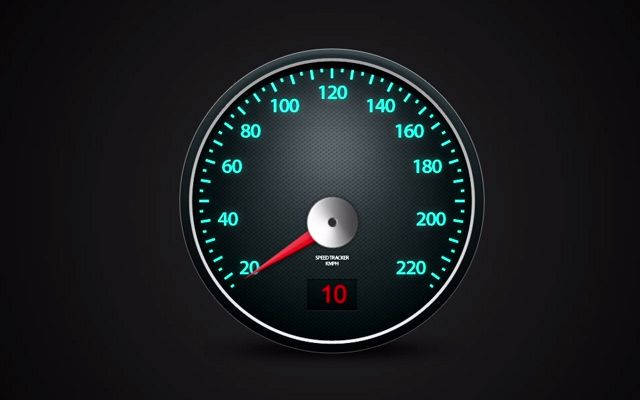
Bigger wheels will make it seem like your car is driving fewer miles. If your wheels are bigger, they won’t rotate nearly as much. Therefore, your car will think that you’re traveling less.
Luckily, you can fix your speedometer to recognize the bigger wheels, which is essential to prevent your car’s speedometer from reporting inaccurate numbers.
To know more about tires, you can also read our related posts on what are forged wheels, speed rating H vs. V, and if tires affect gas mileage.
Bigger wheels go through fewer revolutions to travel the same distance, meaning your speedometer will assume that you are traveling fewer miles.
For this reason, it’s highly recommended to adapt your speedometer when changing your tires so that it doesn’t get confused.
What's In This Guide?
Every car out there is designed with the factory tire size in mind and all the in-car systems are calibrated to that specific tire size. Bigger tires take longer to make a complete rotation which means that a bigger tire travels farther distance before reaching the starting position. However, if you re-calibrate the odometer to counter the change in tire size, your odometer will not be affected.
Bigger tires take longer to make a complete rotation which means that a bigger tire travels farther distance before reaching the starting position. However, if you re-calibrate the odometer to counter the change in tire size, your odometer will not be affected.
A set of bigger tires is going to increase your ground clearance because the car is going to sit higher off the ground. This is the main reason why most people who own SUVs and trucks upgrade their tires for a bigger set as it makes the car more off-road friendly.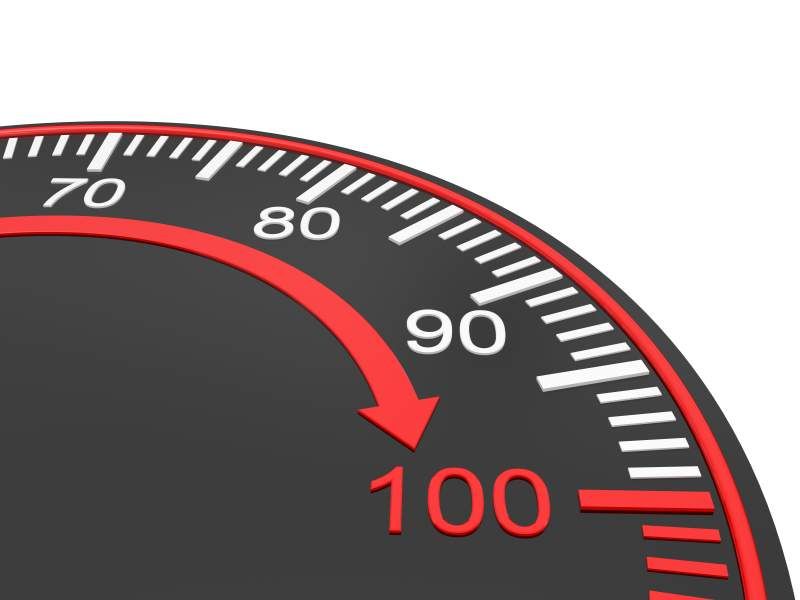 A bigger set of tires also increases your approach and departure angles as well.
A bigger set of tires also increases your approach and departure angles as well.
A second prominent reason why people tend to invest in a bigger set of tires is that it makes the car look nicer. A very popular trend with truck drivers these days is to install a lift kit and accompany that lift kit with a significant increase in tire size. If you also pair that with a set of fresh wheels, your truck is going to both look nicer and be more capable off-road.
A larger tire will improve your car’s stability because the weight will be better distributed across all four corners of the car. This can make a performance car feel more poised and more hunkered down to the ground, especially if you increase the track-width. Finally, an increase in tire size can also give your more traction.
What Are The Drawbacks Of Bigger Tires?Upgrading your tire size requires you to adjust your existing in-car systems in order to properly cope with the change in tire size. Sometimes you will have to install a lift kit to accommodate a bigger tire set, while other times you will have to invest in a brand-new set of wheels that are compatible with bigger tires.
Sometimes you will have to install a lift kit to accommodate a bigger tire set, while other times you will have to invest in a brand-new set of wheels that are compatible with bigger tires.
All of this ultimately leads to many extra costs associated with simply changing the tire size. Installing a lift kit to accommodate larger tires is expensive, but you don’t always have to do that. Even though a set of bigger tires might make your truck both look nice and perform better on the beaten path, it is also likely to lower your fuel efficiency because bigger tires are heavier and thus require more pulling power.
A set of bigger tires is also going to make your car less comfortable and a lot noisier because bigger tires create more wind resistance and are more substantial in comparison. Most cars these days are designed with a specific tire dimension in mind which means that manufacturers have spent a long time testing the car with that very size of tire.
This will ultimately make your car handle worse, especially if you raise the center of gravity too much as the car is then more likely to experience body roll during cornering or even rub the tires against the wheel wells. Finally, the vast majority of automakers specifically state that making any modifications in regards to the tire size is going to void your warranty.
Finally, the vast majority of automakers specifically state that making any modifications in regards to the tire size is going to void your warranty.
Most car odometers are equipped with a specific sensor that constantly keeps track of the total number of rotations made by a tire at any given moment. This data is then sent to the ECU which calculates the distance by using the number of total complete tire revolutions made.
An odometer is calibrated with a specific tire size in mind which means that an increase in outer tire diameter is going to throw off the odometer and thus the odometer will not be able to correctly count the number of tire rotations. The logic is rather simple, the bigger your footsteps, the larger the distance traveled.
Do Bigger Tires Affect Speedometer?A set of bigger tires affects the speedometer in the very same way because the speedometer uses the same technique to calculate your speed at all times.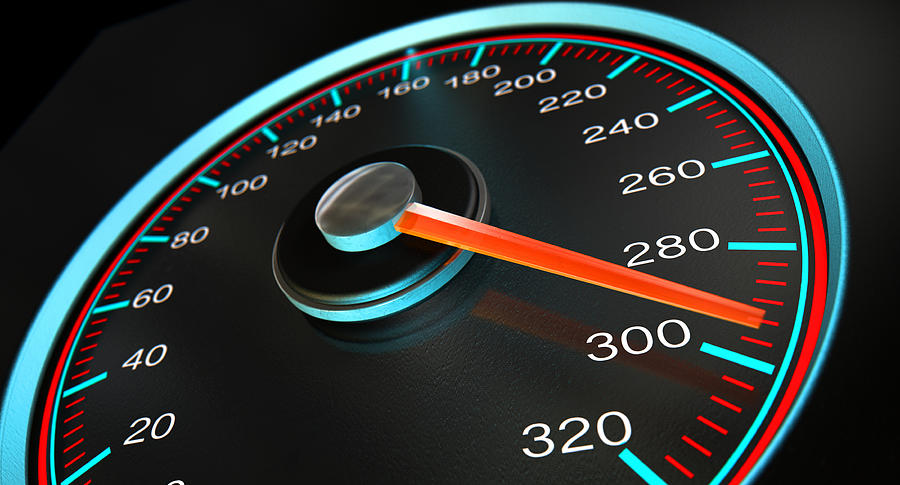 A bigger tire will make the wheels turn a bit slower which means that the speedometer is likely going to show a slower speed.
A bigger tire will make the wheels turn a bit slower which means that the speedometer is likely going to show a slower speed.
While not having a 100% correct odometer will not get you in jail, an incorrect speedometer might. Given the fact that most drivers these days drive in accordance with the speed limit, or a bit more, a change in a few miles per hour can be the deciding factor between being and not being fined for speeding.
How Can I Calibrate My Odometer After Bigger Tires?It depends on which type of speedometer you got. If your car comes with a mechanical speedometer, you will have to do quite a bit of work. The process is actually not all that difficult, but it’s better to have a professional do it for you.
Almost all newer cars come with an electronic odometer, and to change it, you should go ahead and find your owner’s manual. There you will be able to find all the necessary information needed to perform the odometer calibration.
A Chevy Bolt with off-road truck tires is not really a good idea and that’s why no one has done it yet, I hope so at least. However, there are instances when a bigger set of tires make a lot more sense, but only if you do it the right way.
However, there are instances when a bigger set of tires make a lot more sense, but only if you do it the right way.
Truck and SUV owners in the US are fond of the idea of bigger tires and a lift kit because it makes the truck/SUV look beefier. This does make sense if you do so correctly which means picking the right size and knowing if you also need to replace your brakes, your shocks, your driveshafts, and many other suspension components.
Mounting larger tires on a sports car also makes sense if you put a set of both larger and wider wheels. This way you will increase the car’s traction and make it more stable in the corners. A sharper turn-in is also a benefit mostly associated with a set of larger and wider tires.
Gear ratios are essential when it comes to transferring the torque from the engine to the road, and if you don’t adjust the gear ratios to cope with the differences in tire size, you are likely going to strain your transmission which can cause all sorts of defects down the line.
Whenever you increase the size of the tires you are basically increasing the torque requirement necessary to turn those wheels. The larger the outside tire diameter, the more force it takes to turn them. If you fail to adjust your transmission, you are likely going to experience heat problems because your clutches and bands are going to struggle.
However, if you simply re-gear your transmission correctly, your transmission is going to be able to cope with the tire size difference and your transmission will continue working perfectly. As such, be sure to visit a professional mechanic before you decide to buy larger tires.
Increasing the tire size is not the only modification you can do in order to make your car look nicer. Some people actually prefer larger wheels, while others like to both increase the tire size and the rim size together. Benefits of larger rims include improved grip and traction, more stable cornering, better braking, and better looks.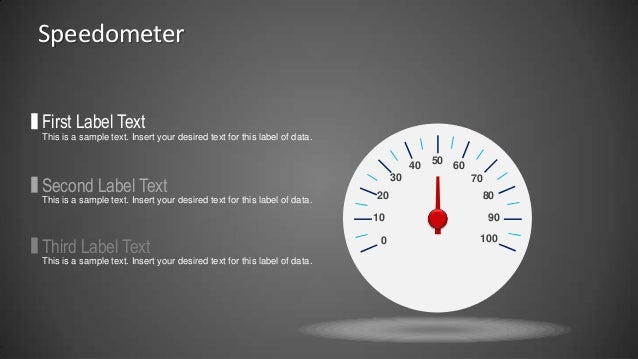
However, larger rims are also going to increase your fuel consumption, make your steering wheel feel heavier, increase tire wear, and potentially even hamper comfort. It makes sense to increase rim size for supercars, sports cars, sedans, and hatchbacks, while increasing rim size for heavier vehicles is going to make the ride a lot stiffer.
ConclusionA set of bigger tires does affect the odometer by making it unable to count the correct distance traveled because the odometer is not aware that you increased the size of the tires. This does not only affect your odometer, but it also affects your speedometer and a myriad of different car software and hardware components.
In order to counter-effect this, you will have to calibrate your odometer depending on the increase in outer tire diameter.
September 4, 2020
Car.ru
Sooner or later, every car owner is faced with the need to replace wheels. And here a quite reasonable question arises - what will happen if you put elements of a different diameter on the car? The answer here is unambiguous - this will affect many parameters in the car, in particular, the speedometer readings.
And here a quite reasonable question arises - what will happen if you put elements of a different diameter on the car? The answer here is unambiguous - this will affect many parameters in the car, in particular, the speedometer readings.
Photo: Car.ruCar.ru
We note right away that the data from this device after installing wheels of a different diameter will not go in favor of the owner. In practice, there are already examples when drivers, for example, instead of regular 14-inch elements, installed 16-inch wheels. After that, they paid attention to the speedometer, which showed 60 km / h, but in reality the speed exceeded 80 km / h. nine0003
Video of the day
Let's plunge into science. The main shaft of the gearbox is equipped with a sensor that reads the speed of the element. The connection takes place with the help of a strong cable, which can also rotate. On the other side of it there is a very complex device, which consists of several plates, springs and one magnet.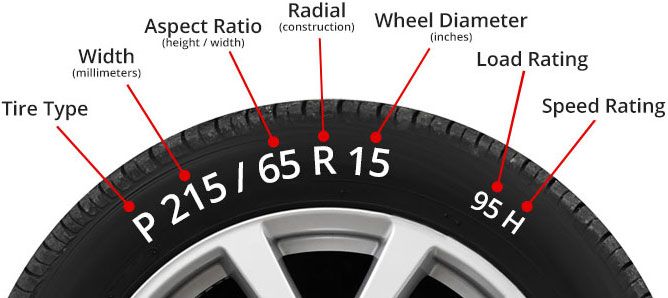 All this is connected to the instrument arrow. In electronic devices, instead of a cable, an electrical wire is installed, which transmits all data from the shaft to the controller. In one and the other version, the calculation of the speed of movement is carried out according to a single principle. Here, only 2 indicators are taken into account - the number of revolutions and the circumference of the element. An important factor is that when calculating the data, the size of the wheels, which was provided by the factory, is taken into account. For example, if a car is recommended to use only 14-inch wheels, the speedometer will only take this size into account when calculating. Therefore, when installing a larger element, the device will begin to give false readings. But are the numbers really that different? nine0003
All this is connected to the instrument arrow. In electronic devices, instead of a cable, an electrical wire is installed, which transmits all data from the shaft to the controller. In one and the other version, the calculation of the speed of movement is carried out according to a single principle. Here, only 2 indicators are taken into account - the number of revolutions and the circumference of the element. An important factor is that when calculating the data, the size of the wheels, which was provided by the factory, is taken into account. For example, if a car is recommended to use only 14-inch wheels, the speedometer will only take this size into account when calculating. Therefore, when installing a larger element, the device will begin to give false readings. But are the numbers really that different? nine0003
Experts assure that many manufacturers have long been familiar with the desire of motorists to replace wheels with a larger size. The device is initially configured so that the error is taken into account.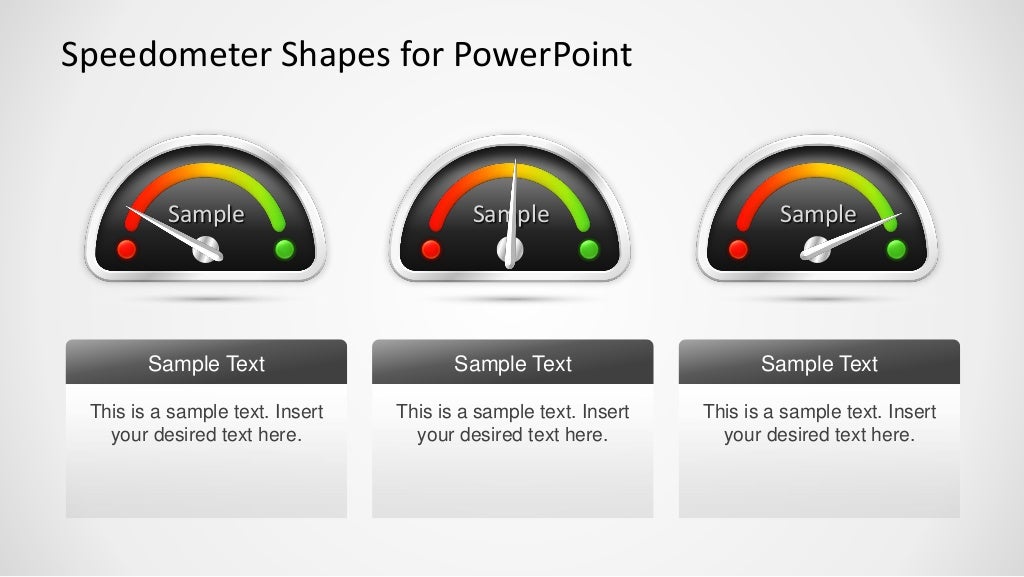 After installing larger wheels, the error should equate the indicators. However, practice shows that the speedometer always lies. And this is explained by the fact that in addition to the error, there are other factors that affect the readings. For example, the same sensor may give false data. Experts say that rear-wheel drive cars read speed more accurately than front-wheel drive cars. This is due to the fact that the latter have one more error when cornering. nine0003
After installing larger wheels, the error should equate the indicators. However, practice shows that the speedometer always lies. And this is explained by the fact that in addition to the error, there are other factors that affect the readings. For example, the same sensor may give false data. Experts say that rear-wheel drive cars read speed more accurately than front-wheel drive cars. This is due to the fact that the latter have one more error when cornering. nine0003
Let's remember mathematics. If you put 16-inch wheels instead of 14-inch wheels, the readings will deviate by about 4%. To calculate the error, you need to calculate two lengths - the circumference of the old and new element. This must be done according to the formula - 3.14 * D (wheel diameter). The wheel diameter can be found by adding the rim diameter and tire height multiplied by 2. To obtain error data, you need to find the difference between the circumference of the new and old wheels, then divide by the circumference of the old elements, multiplied by 100. For example, if you get a number of 3.5 , this means that the deviations on the speedometer are 3.5%. If during the movement the speed on the device is 79km/h, in fact, it reaches 81.76 km/h. The same principle applies to mileage - it costs 1000 km, but in fact 1035 km.
For example, if you get a number of 3.5 , this means that the deviations on the speedometer are 3.5%. If during the movement the speed on the device is 79km/h, in fact, it reaches 81.76 km/h. The same principle applies to mileage - it costs 1000 km, but in fact 1035 km.
Total. Wheels of a different size can affect the speedometer readings - the speed is shown lower, the same applies to the mileage indicator.
Autoexpert, Test drives,
Novice drivers often put different types of rollers on the car, not taking into account the design features of the car. At the same time, the question of whether the size of the wheels can affect the speedometer readings is never taken into account, which is really important. No one likes getting a speeding ticket all the time. nine0003
Content

Classic cars used a mechanical speedometer system. A mechanical sensor is installed on the output shaft of the gearbox, which reads the number of its revolutions. Further, the rotation is transmitted to a flexible shaft (steel cable) and fed to the device itself. Inside the device there is a magnetic insert that unwinds and pulls the arrow of the device. nine0003
In the electronic version, there is no physical connection between the instrument and the gearbox shaft. The principle of operation of the mechanism is as follows.
Regardless of the principle of operation, the speedometer of each car is calibrated to its design features. The most important thing here is the size of the wheels and the height of the tire. The bottom line is that the larger the overall diameter of the wheel, the farther the car travels in one revolution. So for a car with R13 wheels, you will need to make more revolutions than a model with R17 rollers to overcome the same distance. nine0003
The most important thing here is the size of the wheels and the height of the tire. The bottom line is that the larger the overall diameter of the wheel, the farther the car travels in one revolution. So for a car with R13 wheels, you will need to make more revolutions than a model with R17 rollers to overcome the same distance. nine0003
From the above information, it becomes clear that if the car originally had wheels of the same size, when they are replaced with larger rollers, the speedometer will show a speed lower than it actually is.
The root of the problem lies in the fact that the manufacturer always calibrates the speedometer to a specific size of rims and tires. Even a slight change in the factory design will violate the calibration. nine0003
On the other hand, there is an interesting point. In 2021, there are open source ECUs that allow you to change the speedometer settings for certain tires.